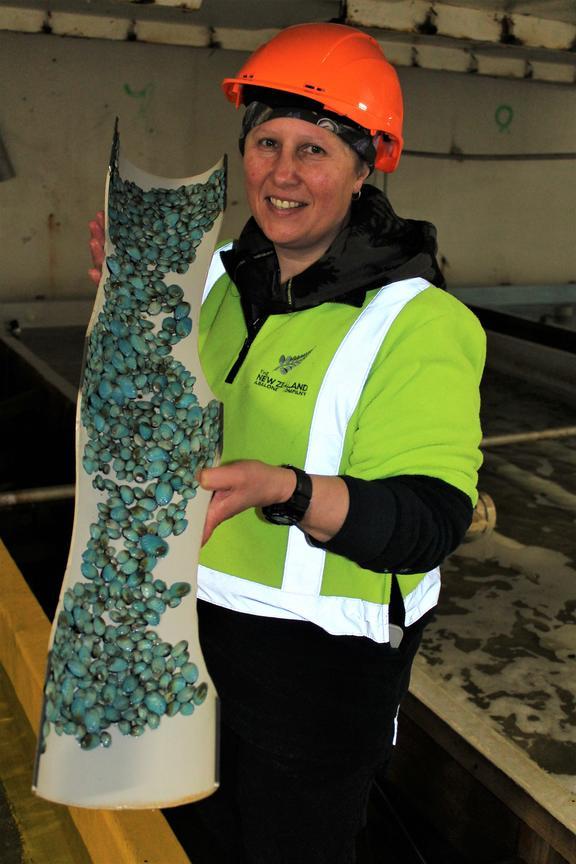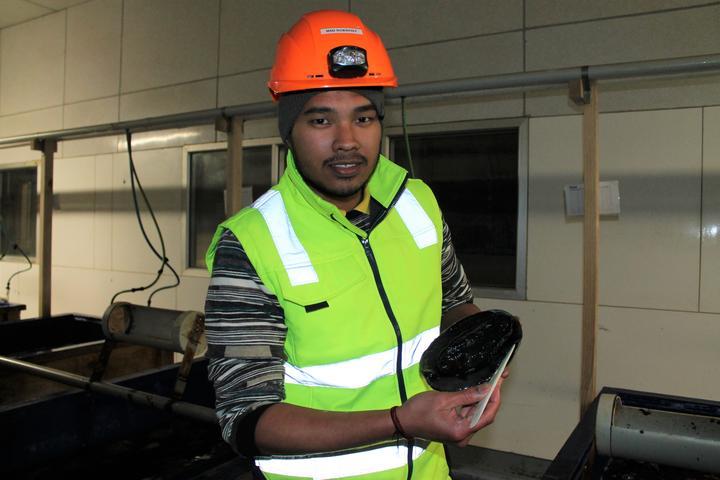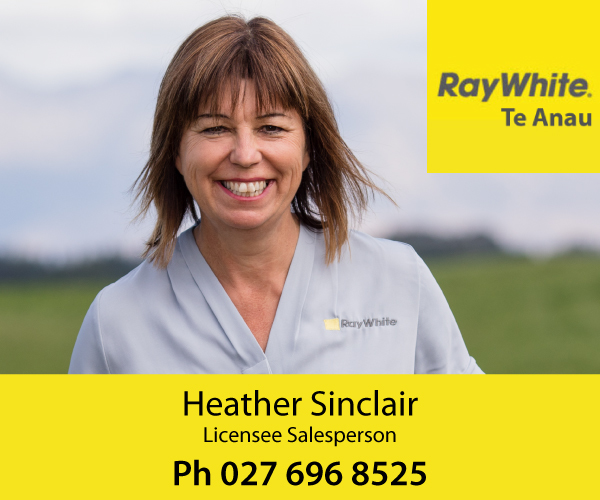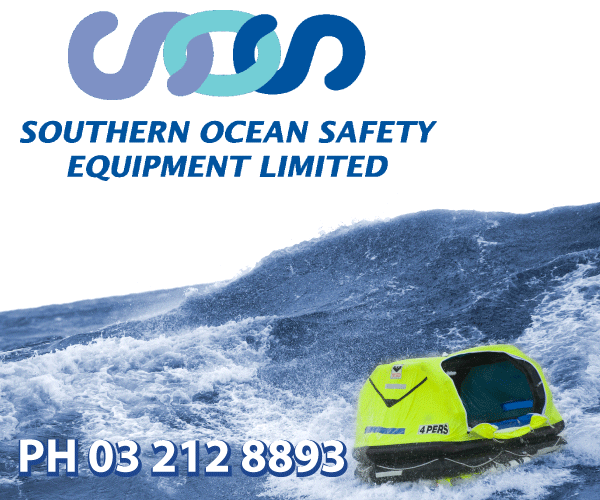Farming Paua - the black pearl of the ocean
Reporting by RNZ
07 August 2021, 3:43 AM
 Young paua. Photos: RNZ/Carol Stiles
Young paua. Photos: RNZ/Carol StilesIf you turn up to The New Zealand Abalone Company's (TNZAC) paua farm at Bluff expect a few quick facts.
If you don't want a paua to stick to a surface, just lick its foot.
Paua don't have a mechanism to clot their own blood so if you nick one it will die.
They're the only black abalone in the world, are highly prized in Asia and are known as the black pearl of the ocean.
Advertisement: Heather Sinclair Ray White Real Estate Te Anau
And, most importantly, only 2 percent of paua larvae make it to adulthood.
That, says TNZAC's Linda Smith, makes paua precious.
"Paua larvae they start the size of a dust mite."

Linda Smith. Photo: RNZ/Carol Stiles
She says it takes a paua more than ten years in the wild to reach sexual maturity.
"We like to reiterate time and time again to people to make sure they are not taking our little guys. Those are really, really important."
TNZAC's paua farm is based in the former Ocean Beach freezing works with Foveaux Strait at its back door and is currently growing hundreds of thousands of tiny paua that will be harvested at 'cocktail' size - between 50 and 80 mm.
Paua can be legally taken from the ocean at 125mm.
Advertisement: Southern Automobiles Subaru
Linda says the farmed paua are bred from stock taken under the quota system from Stewart Island.
The goal is to harvest 2 million mini-paua a year - about 200 thousand tonnes - and supply the New Zealand market first before offering it to export markets.
TNZAC's marine scientist Morgan Vanimannan says farming paua can control their survivability rate.

Morgan Mannivannan Photo: RNZ/Carol Stiles
"If you think about it, what are the chances that fertilisation is going to occur first thing in that whole body of water out there and how do they survive from predators. That's why there's only a very slim chance they will make it to adulthood."
Naturally paua feed on seaweed and diatoms but at the farm they are also given a formulated feed. It has been developed by Morgan.
Linda says it's the first time feed designed for paua has been developed in New Zealand.
The farmed paua will reach harvestable size in about four years which is less than half the time it would take them to grow to the same size in the wild.
Advertisement: Southern Ocean Safety
"You can provide the nutrition you want to provide them with where you know it's going to boost their growth and immunity," Morgan says.
The plant and animal-based artificial feed is adapted for the different stages of a paua's life.
"At the end of the day you are what you eat," says Morgan. "So in terms of how we can market the product we absolutely know what this paua has been feeding on so if you were a customer and you had demands that you wanted it to be fully organic we can customise it for you."
The first harvest will take place in 2023 or 2024.
Reporting by RNZ,
Republished by Arrangement





